Photography in High-Risk Countries
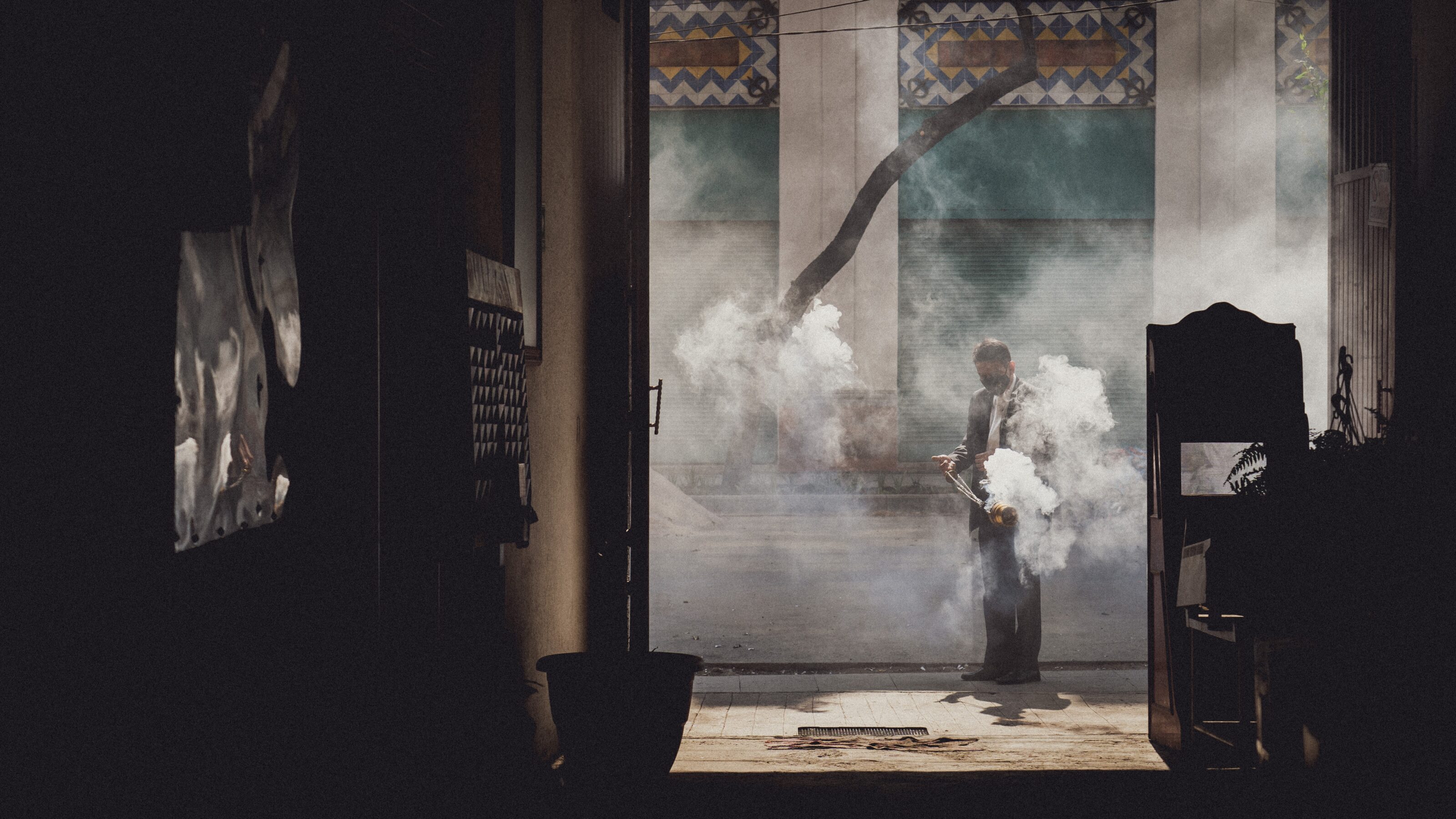
Danger is relative. It is hard to find a country that is completely safe or completely dangerous, with only a few exceptions. You should always consider specific regions and not overgeneralize security risks to an entire country. Over the years, I have intentionally visited many countries that are considered dangerous. This article explores how to approach photography in these places.
To be honest, I never felt in danger in any of the countries mentioned below. There are relatively safe places within each country. Nonetheless, it’s always wise to use common sense and respect local customs.
If you travel to less touristy areas, do thorough research on your destination—from political context to social norms, taboos, and religious customs. Another important factor is having at least a basic knowledge of the language and the ability to communicate in everyday situations. This will pave the way for exploration and photography. And not just that, it will also enrich your photography because your cultural understanding will be reflected in your photography.
Pakistan
In general, Pakistan has a very bad reputation, especially in the Czech Republic. We mostly associate it with radicalism and various incidents, such as the kidnapping of two Czech women in 2013. There are indeed very dangerous places in the country, especially areas along the Afghan and Iranian borders that are still controlled by various tribes separate from the central governments of these countries.
I traveled around Pakistan for over a month and was alone the whole time. First, I went to the capital, Islamabad. Then, after much hesitation, to the city of Peshawar. The latter sometimes appears in the media due to bombings carried out by radical groups. However, these attacks are rare, and statistically speaking, you are more likely to get in a car accident on the highway.
I also visited various valleys in northern Pakistan in the Himalayas and the Hindu Kush where I felt as safe as I do at home. I usually had my camera with me wrapped around my wrist. People often wanted to be photographed, often to show that their country is not as the media portrays it. I eventually put away my camera, because I was tired of interacting with people rather than a fear for my own safety.

Be cautious about photographing women if you are a man. And not just in Pakistan, but in all Muslim countries. You won’t face aggression, but you can tell from the looks on locals’ faces that it is socially inappropriate for their culture.
Transnistria
There are not many dangerous places in Europe, but one of the places that has a bad reputation is Transnistria. Transnistria is officially known as the Pridnestrovian Moldovan Republic (PMR). This peculiar entity is legally part of Moldova but is, in reality, an independent state supported by Russia. If you know the term “Soviet museum,” Transnistria perfectly embodies this concept. The hammer and sickle are on the state emblem and statues of Stalin and Lenin are found in every major city.
I have often heard that Transnistria is not safe. Firstly, because it de facto does not exist, and secondly, because of the stable presence of the Russian army, which is prepared to defend the territory. Although the political situation has recently intensified, people here are friendly, and tourists are usually welcomed because they are rare.

Like any location you choose for photography, my main advice is to study and verify the current situation.
During my visit to this unusual place, I mostly stuck to the largest cities, Tiraspol and Bender. I didn’t feel a hint of danger, even at night. I mainly photographed Soviet architecture, which fascinates me. The architecture here has not lost its function or transformed in any way. Everything seemed frozen in time. Locals often stopped and wondered what I was photographing, but it was always just plain curiosity.
Mexico
Mexico regularly appears at the top of the list of the world’s most dangerous places. However, there is a huge difference, between northern Mexico and the south, where the Yucatan Peninsula is located. Even the north cannot be labeled as dangerous. Mexico City perfectly reflects this disparity. One moment you are walking through a pleasant green quarter with lots of cafes, and the next, the greenery disappears, locals look at you suspiciously, and you know you should turn back.
This should not deter you from visiting this country, but it is wise to be cautious and vigilant. Central and South America are very different from what you are used to from traditional European and Asian destinations.

I recommend Latin America to more experienced travelers.
In Mexico City, I only carried my camera in places where I was sure of their safety and in places where there were ordinary people such as residential areas with families. Otherwise, I preferred to keep my camera in my backpack.
The Yucatan is a completely different story. In most places on the peninsula (I avoided touristy Cancun), I photographed without any problems and without feeling threatened. People are also used to tourists and photography here, so they are not surprised when you take photos.
USA
You might not associate the USA with danger, but there are cities and districts that tourists are advised not to visit. Cities in the “Rust Belt“ like Detroit, Toledo, and Buffalo are associated with unemployment, high crime rates, and occasional social unrest.
What is less talked about is the massive effort to transform and revitalize these places. Thus, alongside dangerous parts of cities, there are also safe and historically fascinating places that have recently seen people moving in.
These American cities are incredibly dynamic. In some places, crime increases, while in others, there is a massive transformation. I recommend following various travel blogs, always from the current year. You can find a vast amount of detailed information in English.
This is how I proceeded as well. Although some neighborhoods had noisy groups of young people or strangely empty streets, I did not feel any real danger there either. I used discretion mainly when photographing people. Many have experienced difficult living conditions and can be quite distrustful of foreigners with cameras.
Colombia
Along with Mexico, Colombia is another Latin American country that many people are afraid to travel to, especially those familiar with television series like Narcos. Currently, Colombia is no longer plagued by drug violence or civil war. Instead, it is trying to stand on its own feet and, quite successfully.
Most people think of Pablo Escobar when they hear “Medellin.” In Medellin, there are neighborhoods you really should not visit. Like elsewhere in Latin America, it’s paradoxical that one of the most dangerous places is the city’s historical core.

It is not recommended to visit Medellin after 7PM, when both locals and police leave.
I photographed cautiously even during the day in Medellin. But you can also find many safe neighborhoods where young Americans and Europeans are moving in.
I maintain heightened awareness when photographing children. Not only in Colombia but in other Latin American countries as well, violence against children, abuse, and even kidnappings are major problems. You may encounter disapproval when photographing children. Move through the streets with a smile, and the expressions of the locals will tell you what is and isn’t acceptable.
Ukraine
I visited Mariupol six months before the Russian army’s invasion. At that time, the city was forty kilometers from the front, and like the entire Donetsk region, Mariupol was not recommended for travel. However, after careful study, I concluded that life in the city was no different from other Ukrainian cities. Indeed, I discovered a normally functioning city.
At the time, local residents did not believe that Russia would attack. I photographed everyday life in the streets, not hiding my camera even at night. However, I photographed with respect. People hardly noticed me, and I was more concerned about the stray dogs I encountered on the outskirts of the city.
Preparation is the key to success
Traveling to “dangerous” areas may sound easy from my stories. But believe me, it comes with long days of preparation. The places I described were safe because my research was not wrong. But there is always the risk.
If you are not 100% sure you want to venture into such areas, you might want to reach for a magazine like Vice, which authentically guides you through these areas with deep insight and excellent visual material.
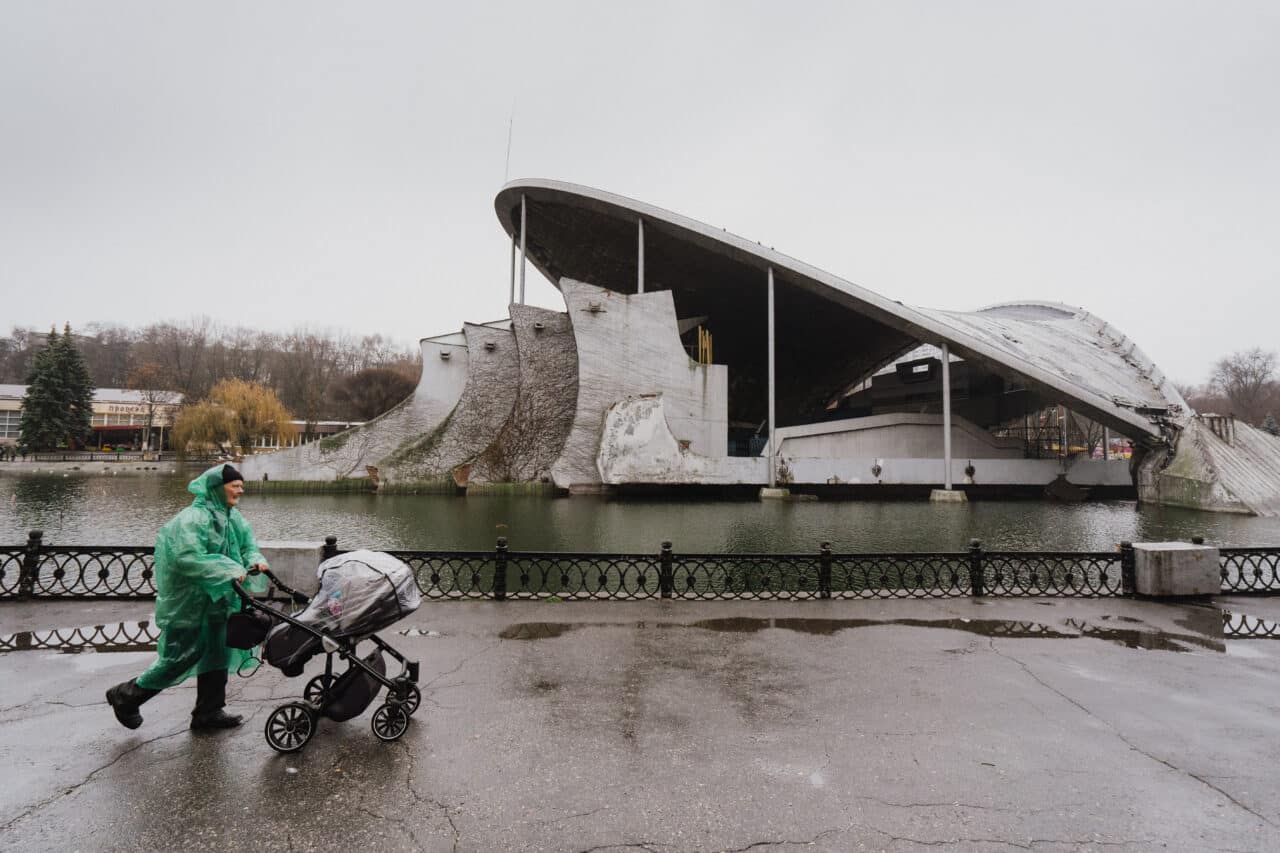
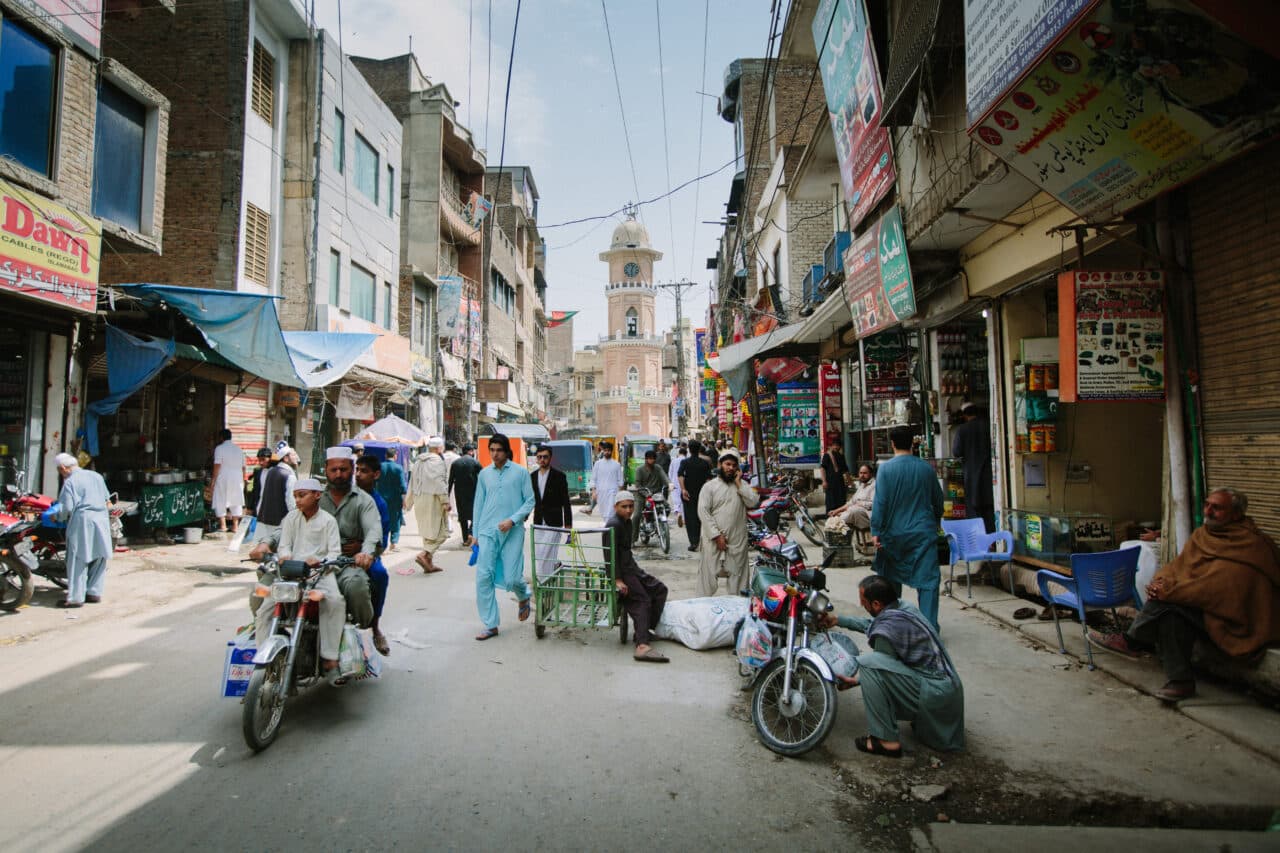

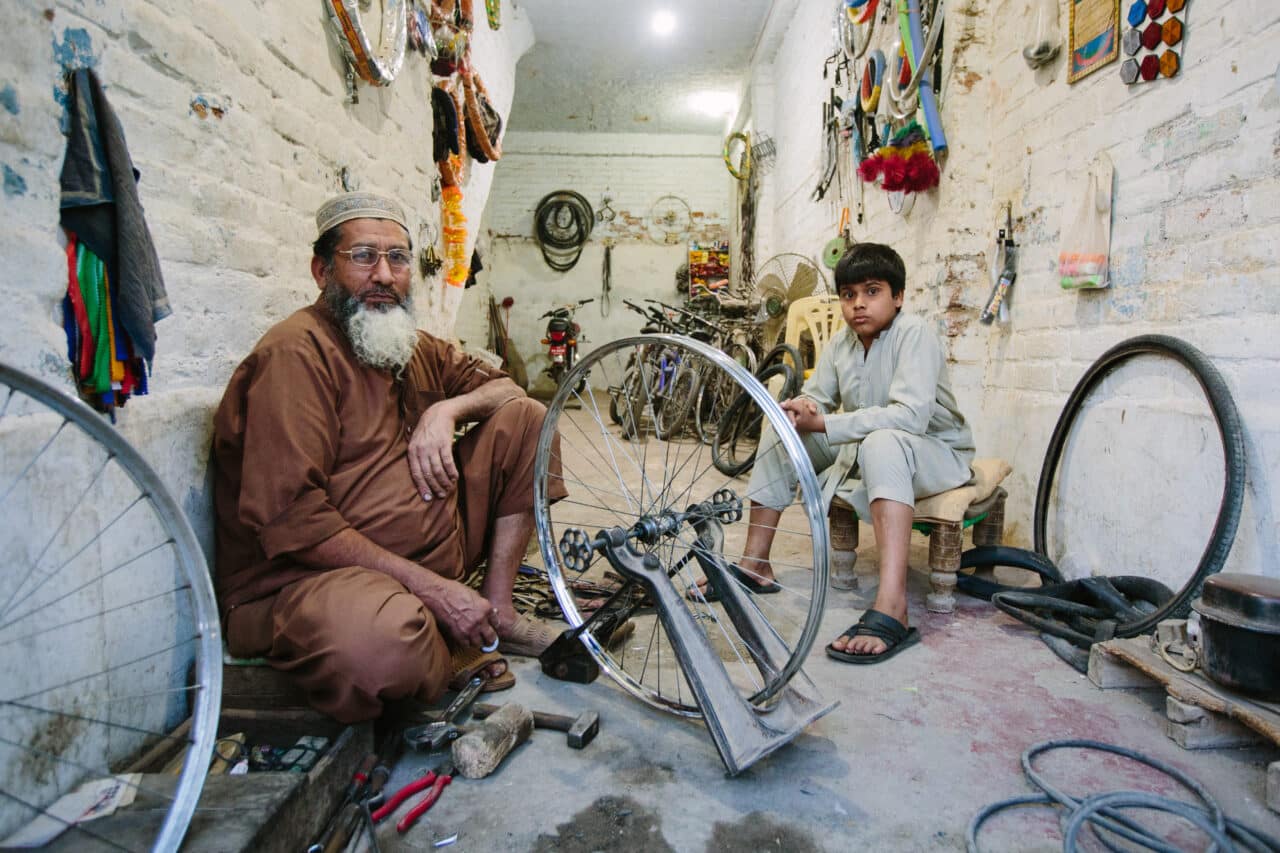
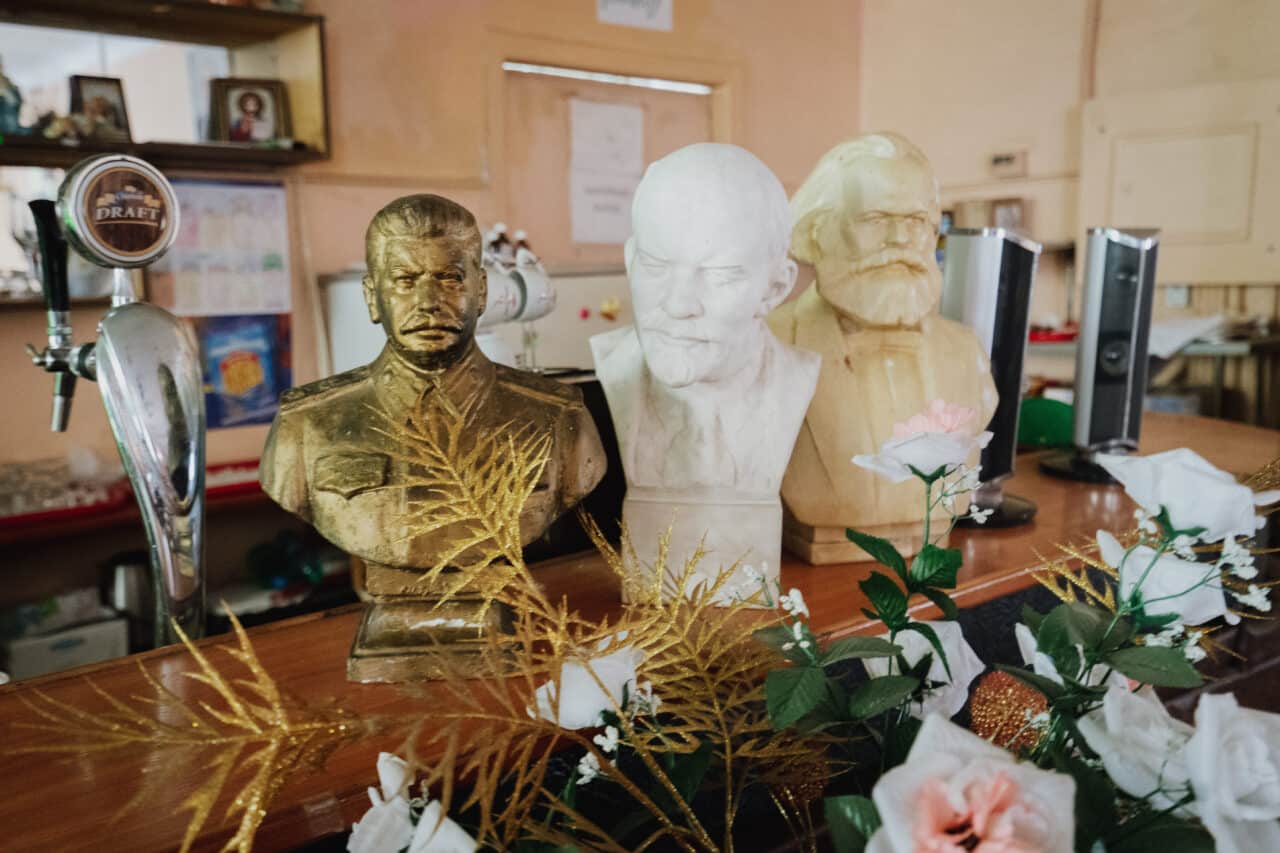
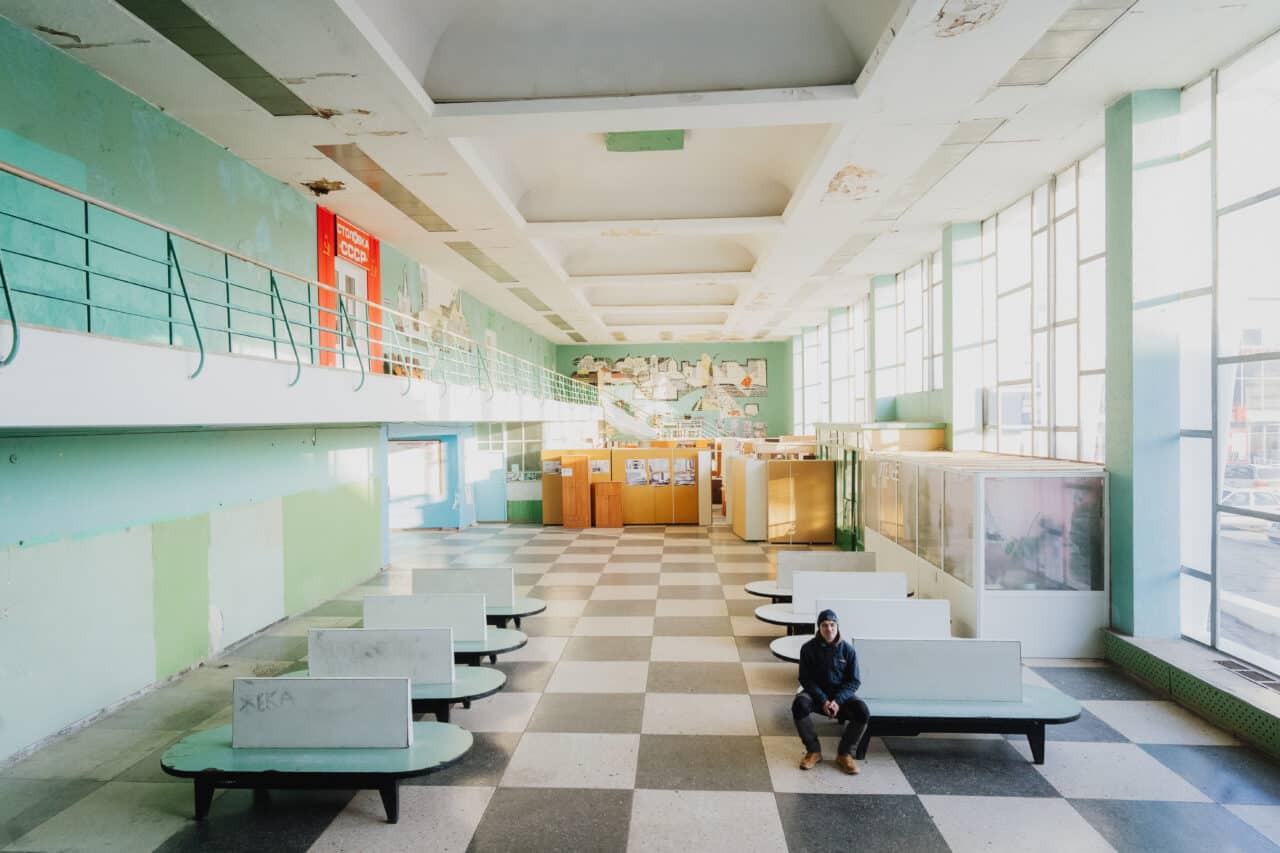
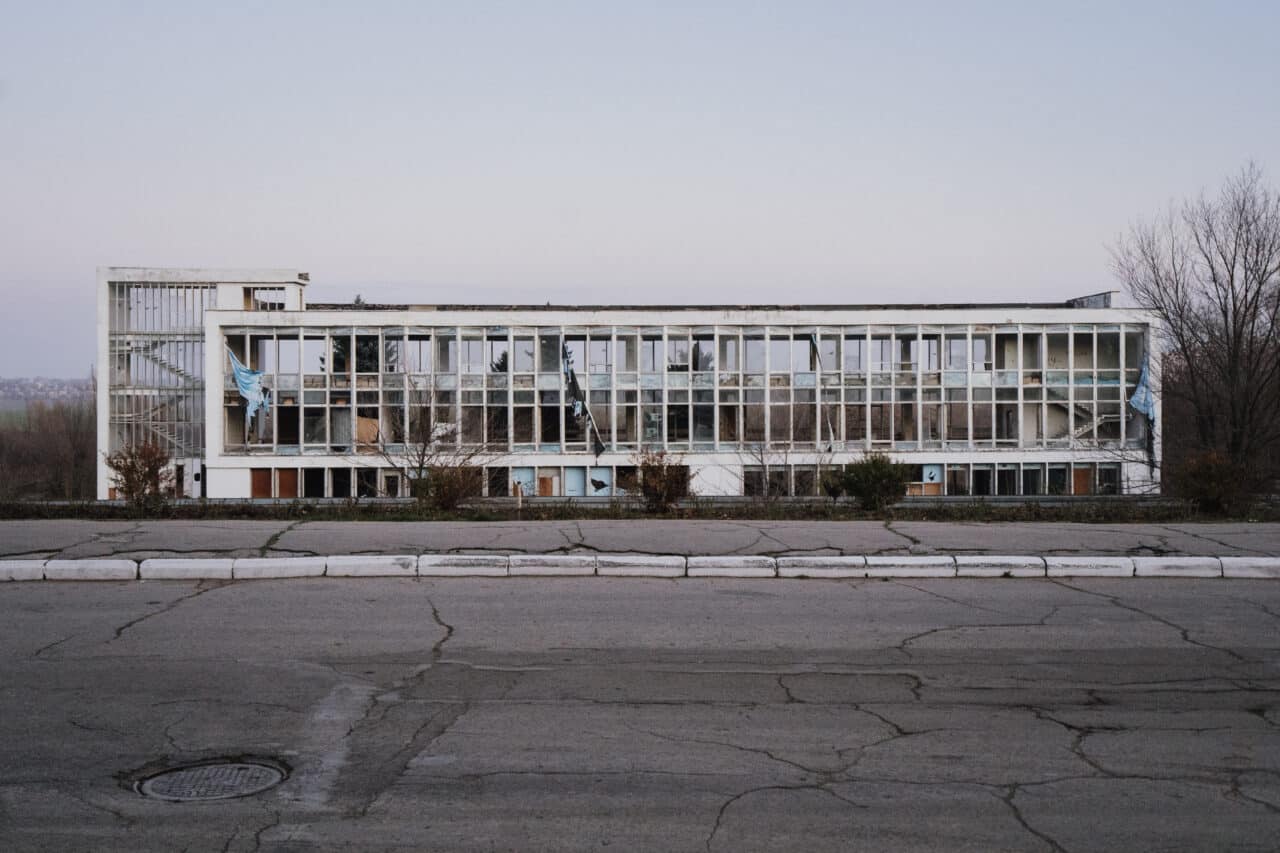
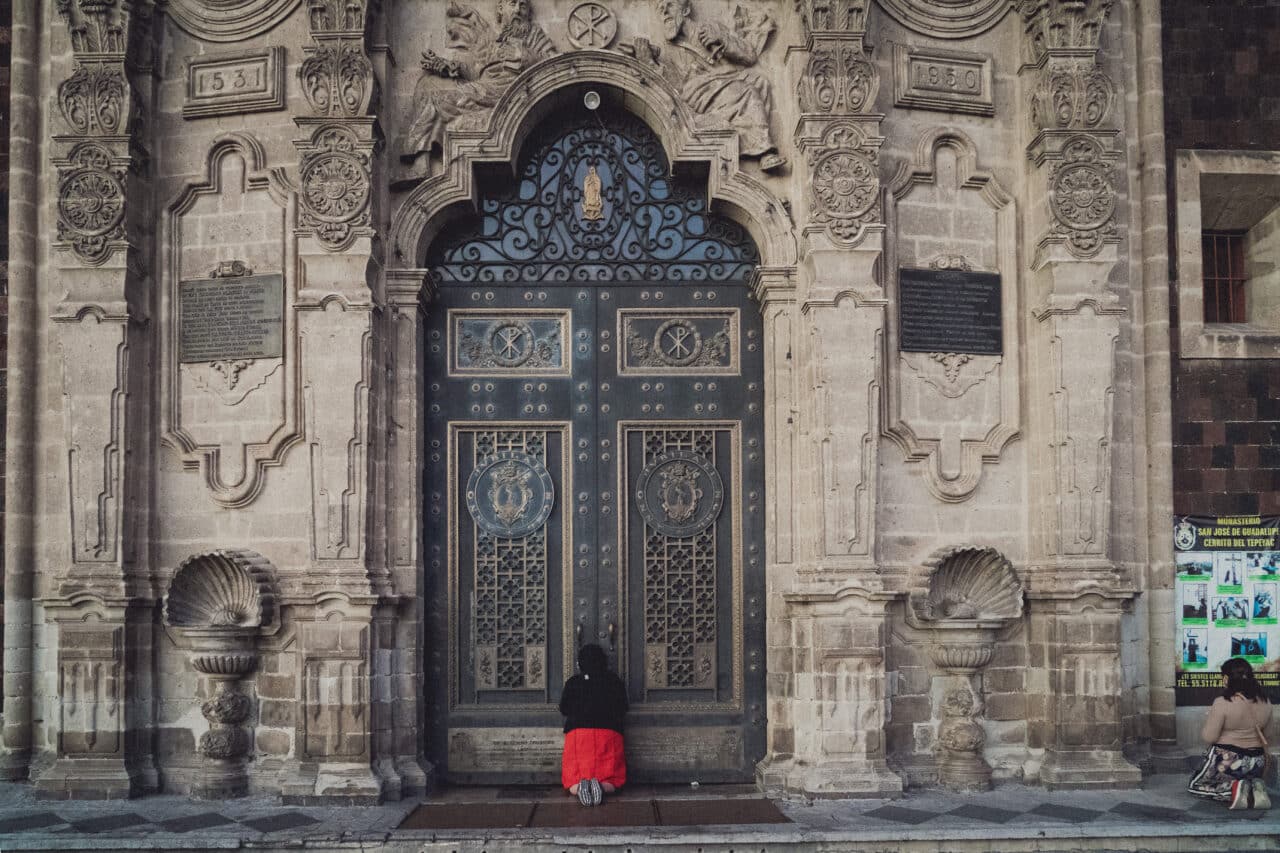


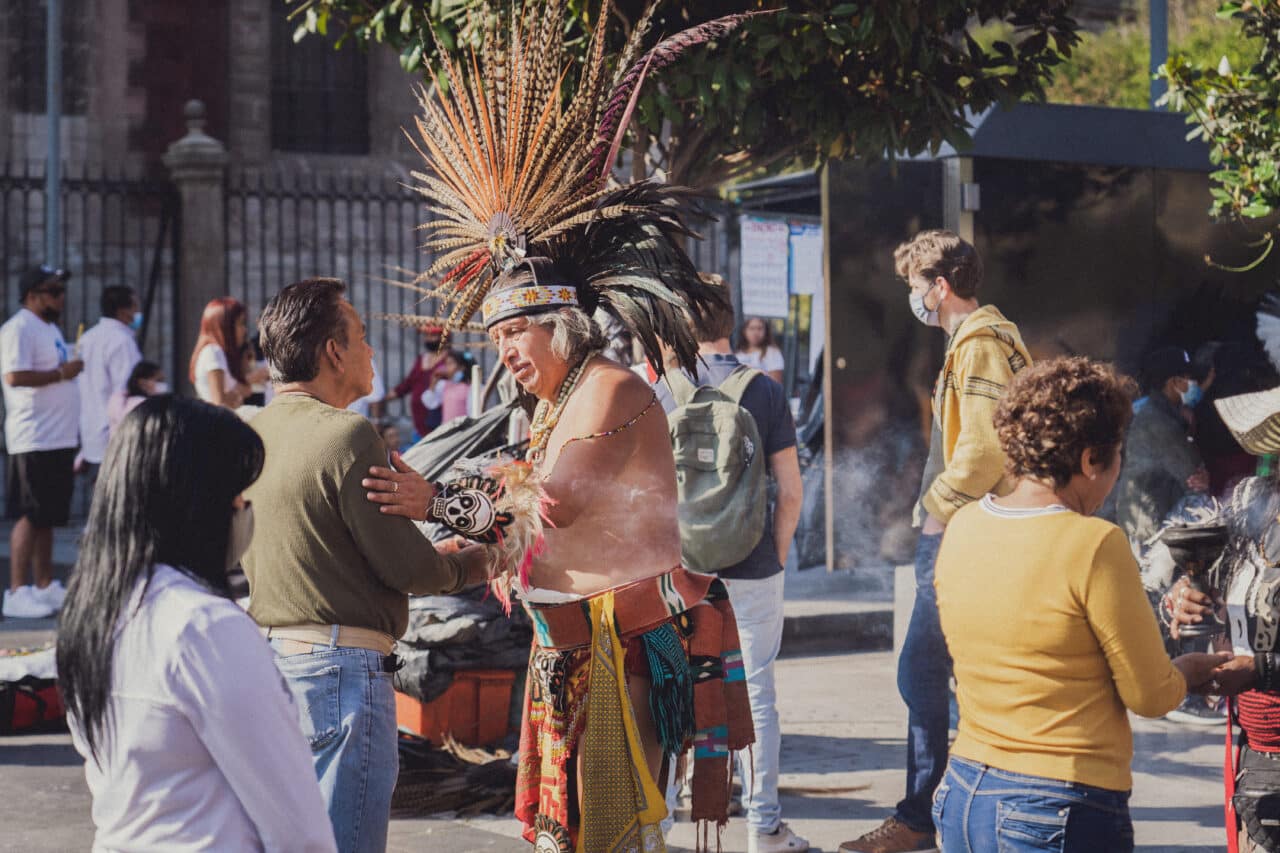
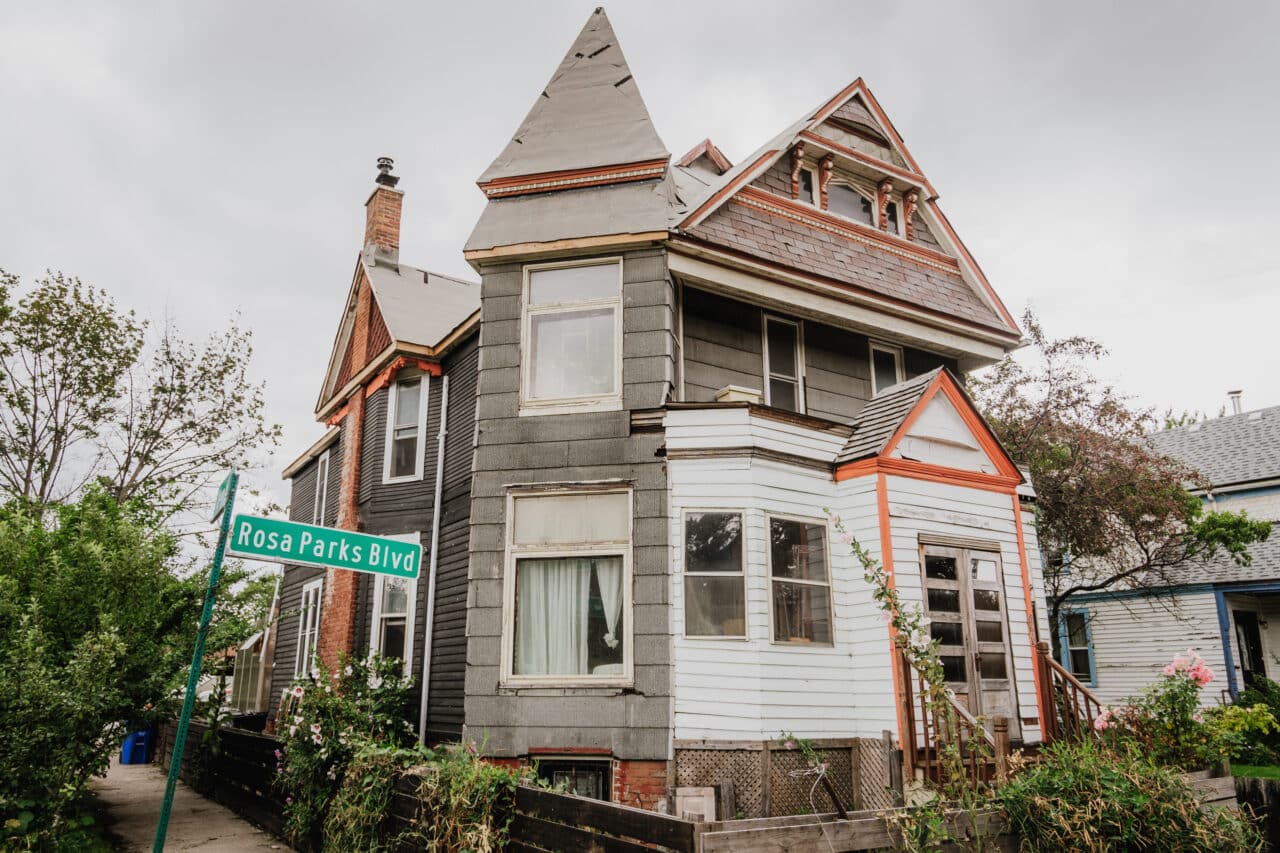
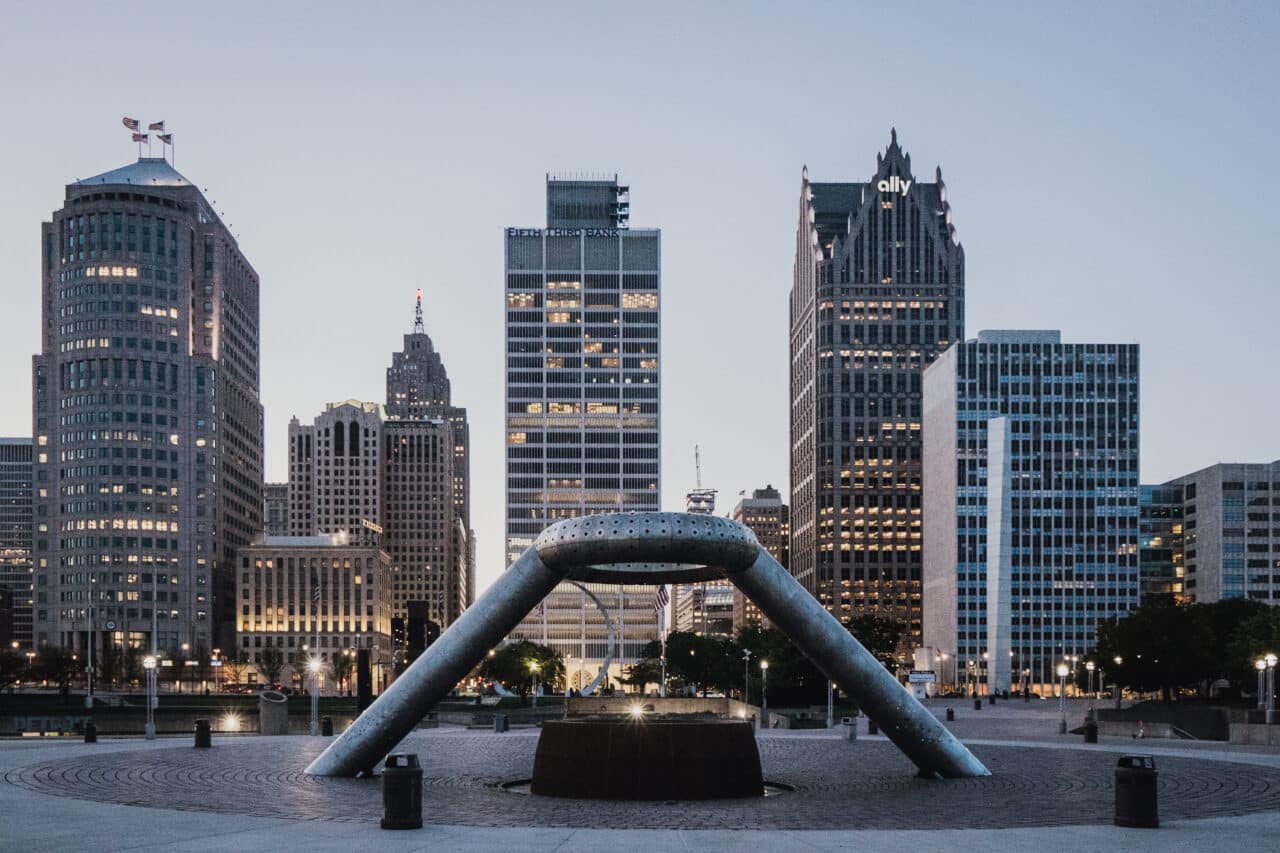
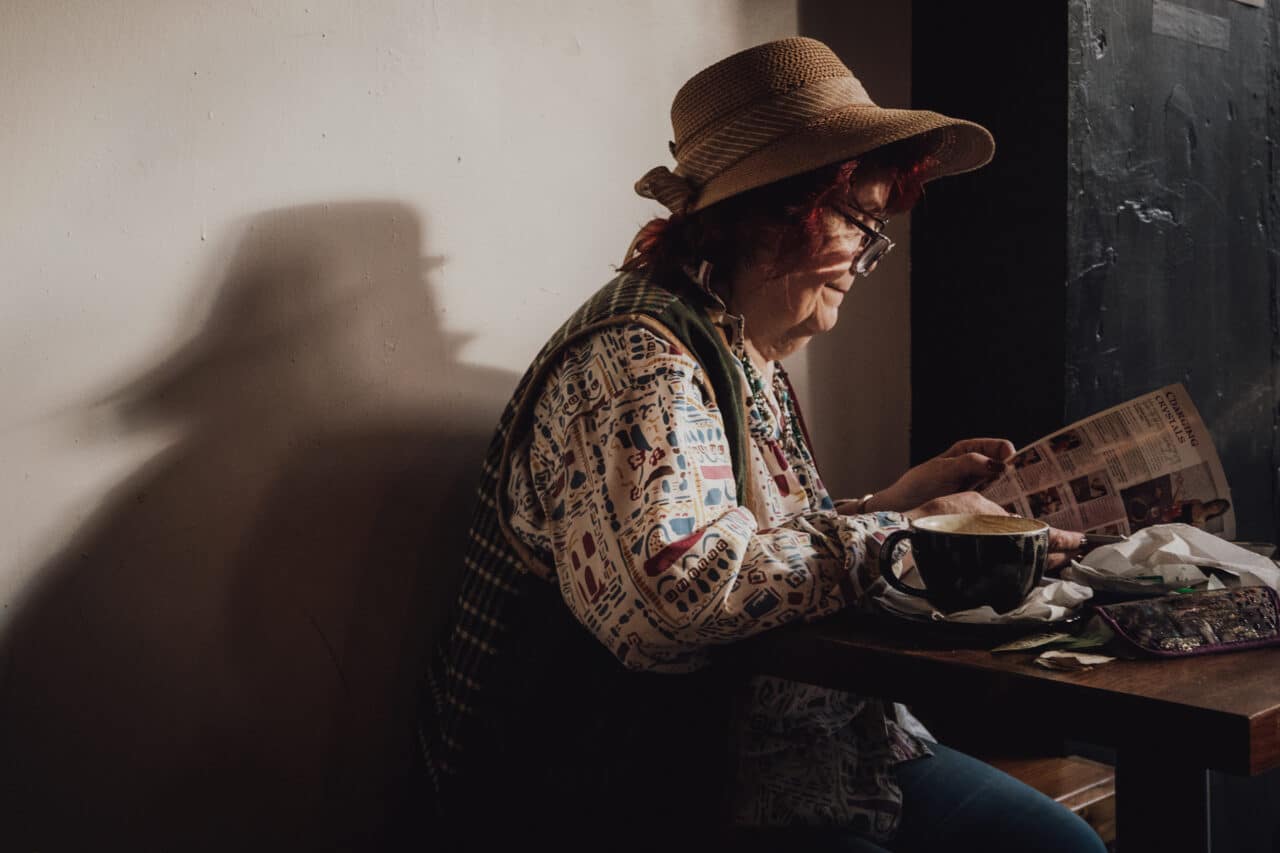
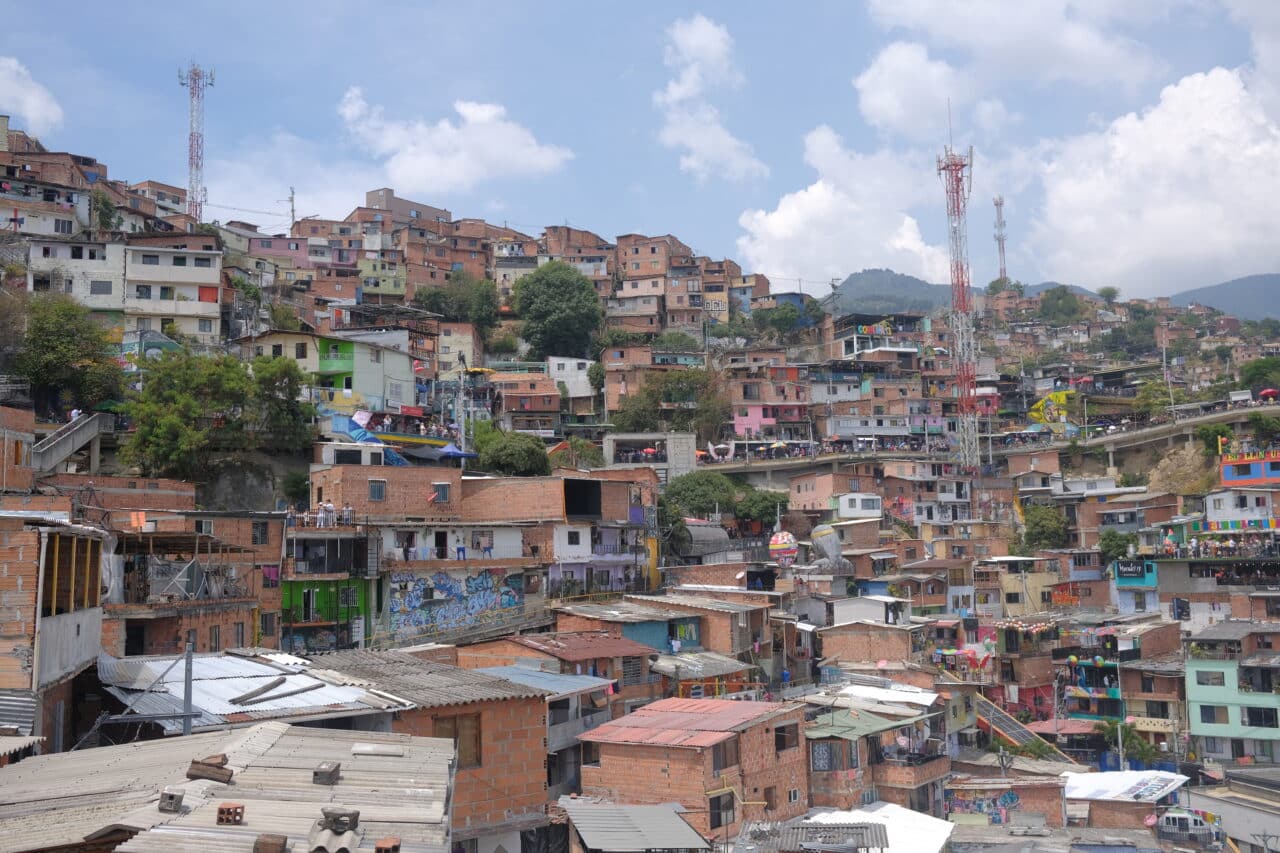
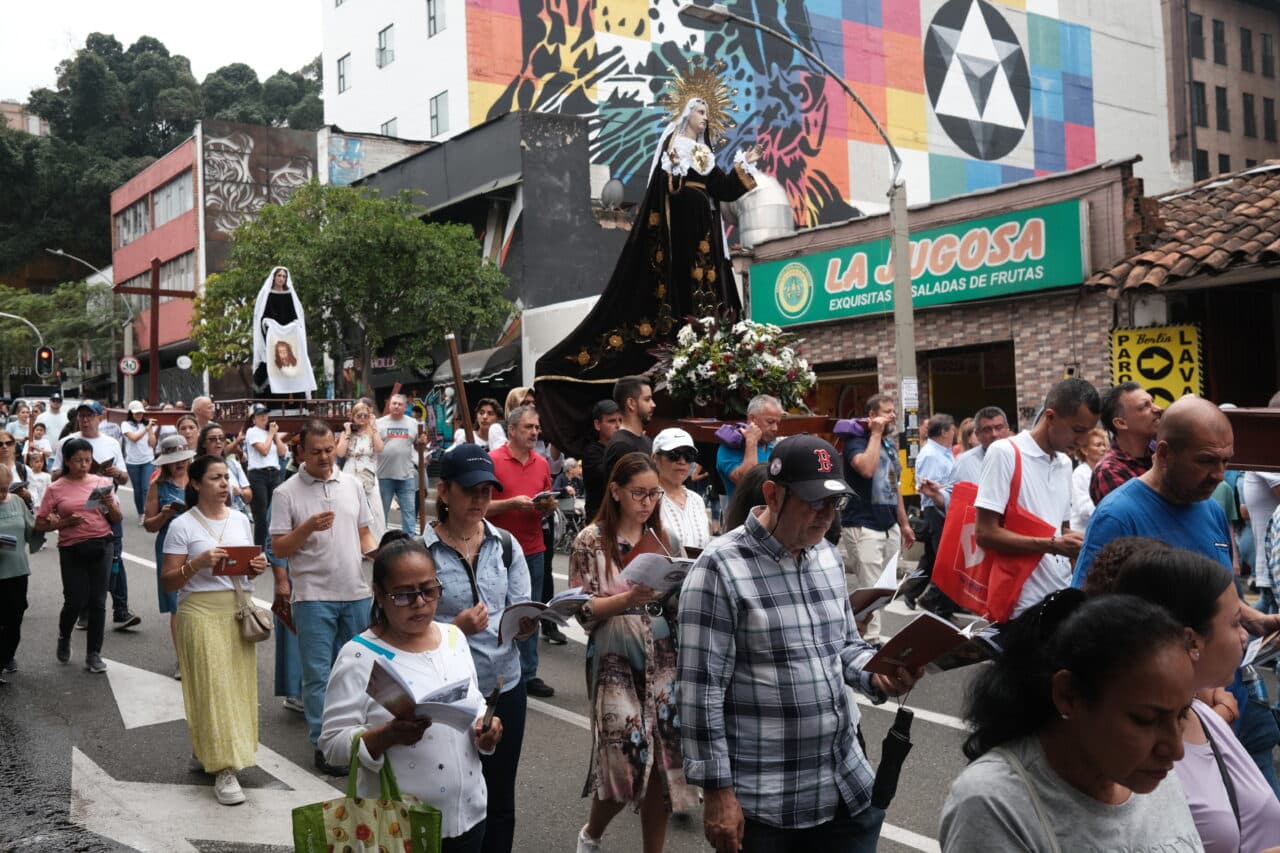
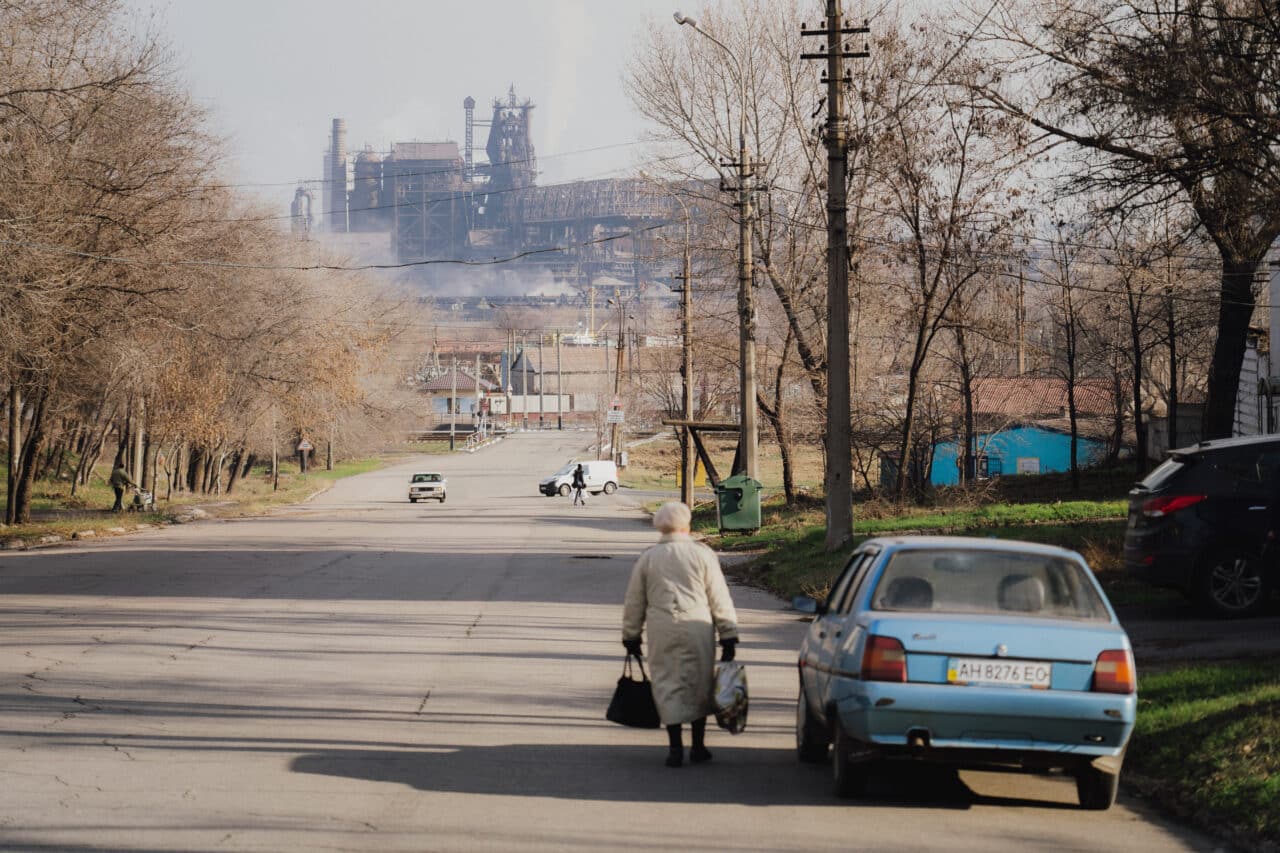
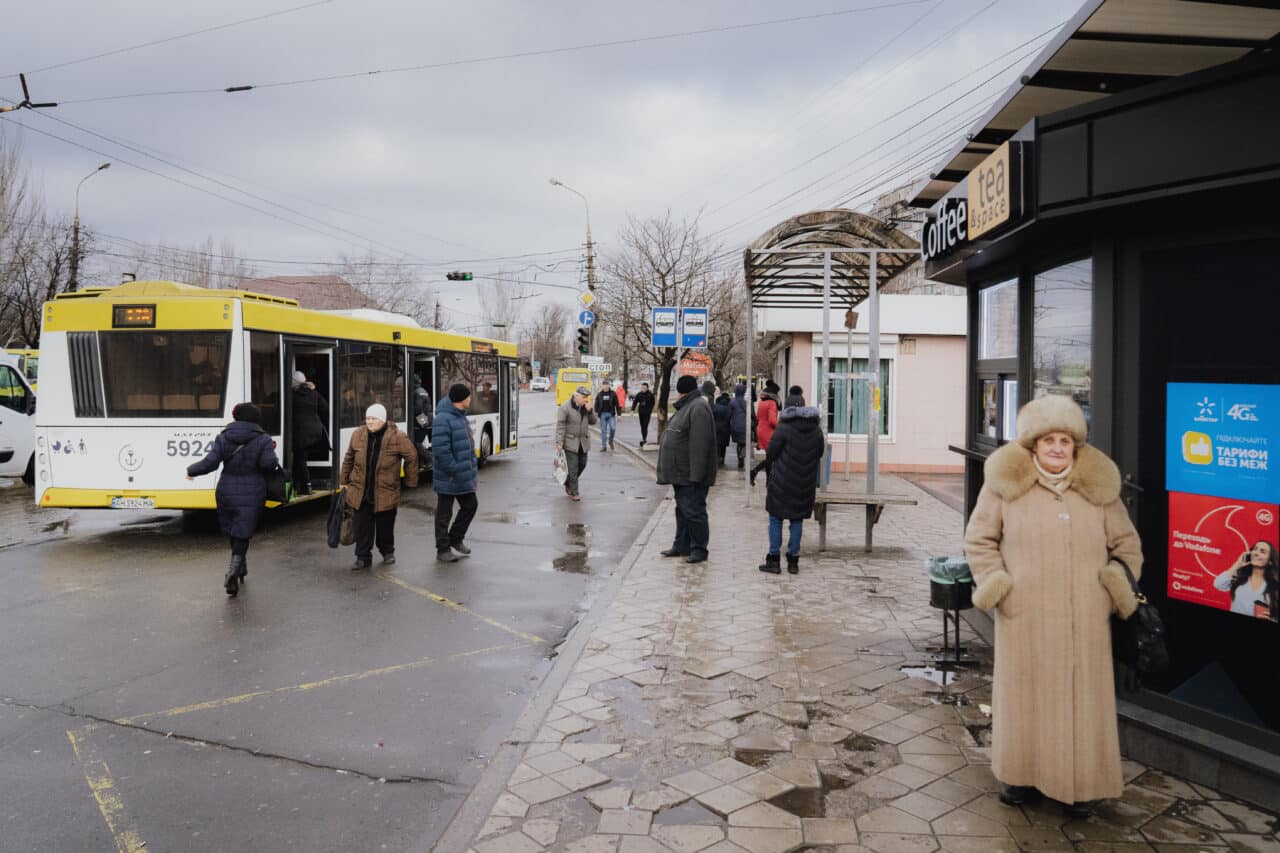
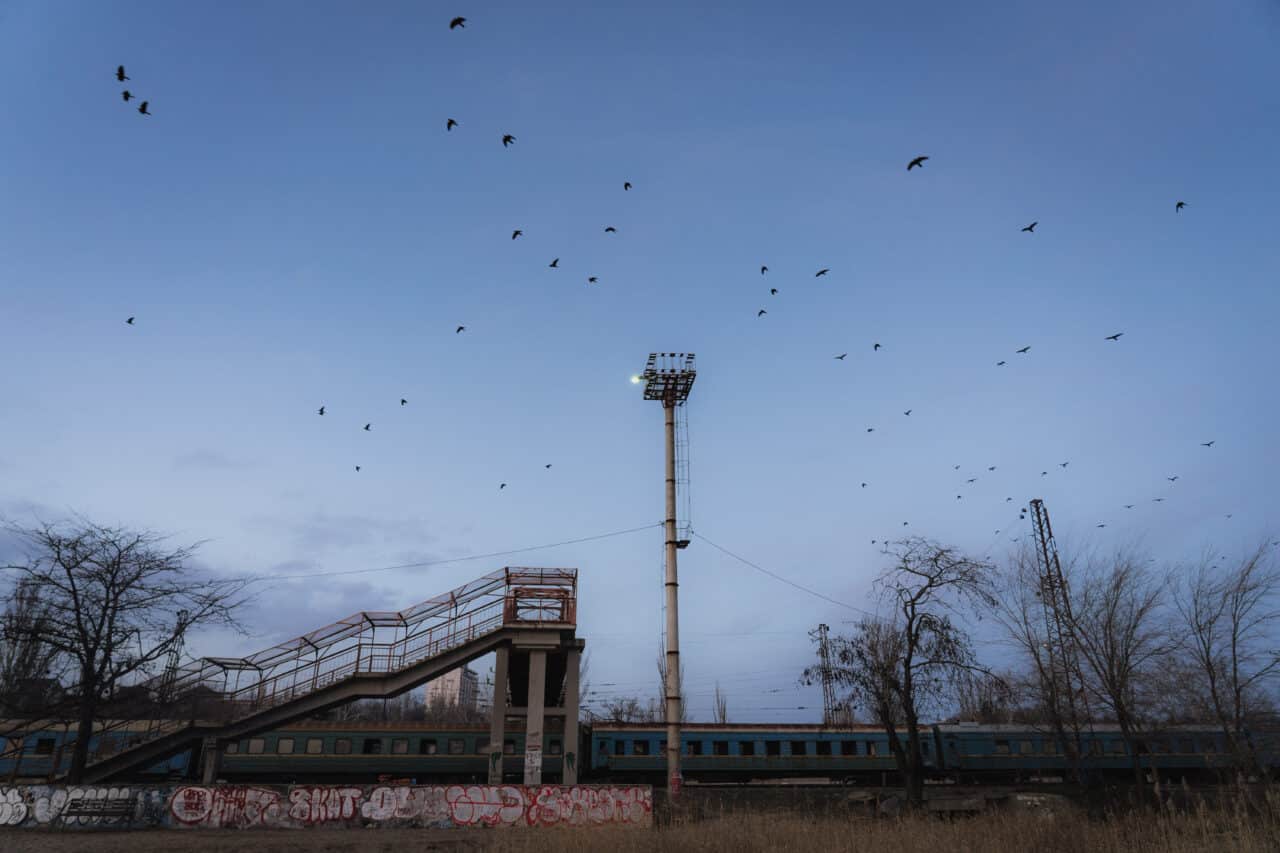

Jiří Kubový
Jak se Vám fotilo ve Švédsku, které je aktuálně považované za nejnebezpečnější zemi v Evropě?